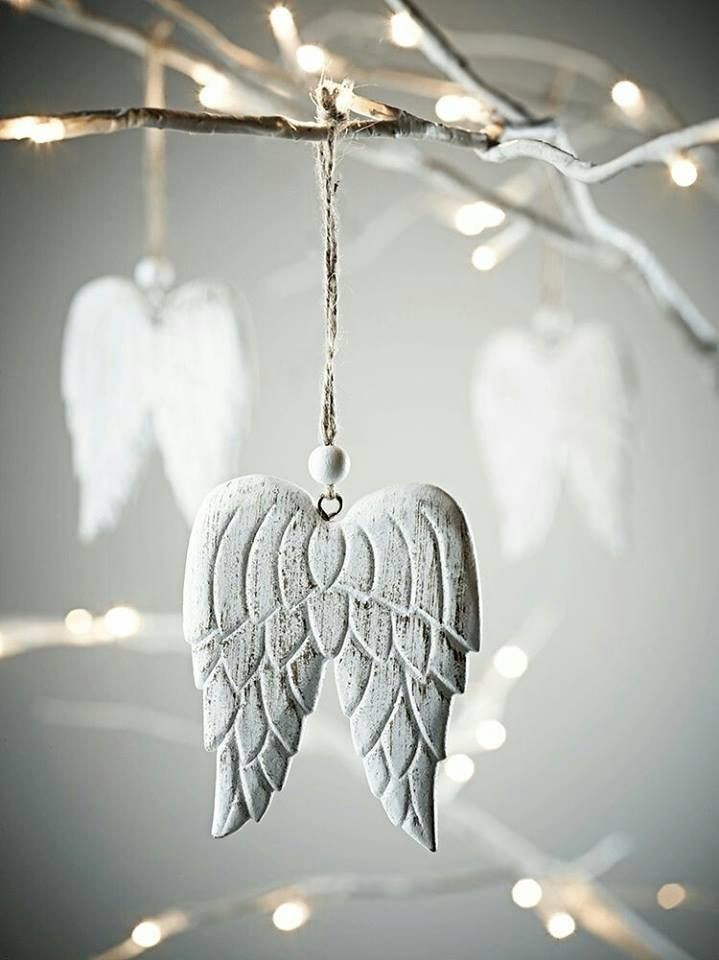Swedish Massage: The Art of Relaxation and Muscle Renewal
- Koöko Fleurs
- Apr 10
- 3 min read

Swedish massage is one of the most widely practiced and recognized massage techniques in the world. Known for its gentle yet effective approach, it combines long, flowing strokes, kneading, friction, tapping, and vibration to promote relaxation, improve circulation, and ease muscle tension.
This guide explores the origins, techniques, healing benefits, and how to adapt Swedish massage for self-care, making it an accessible and rejuvenating practice for anyone.
Origins and Philosophy
Despite its name, Swedish massage was not invented in Sweden. It was developed by Johan Georg Mezger, a Dutch physician in the 19th century, who formalized the technique and gave French names to its signature strokes.
Swedish massage focuses on muscle relaxation, circulation, and lymphatic drainage, making it ideal for stress relief, recovery, and overall well-being.
Fundamental Techniques & How to Perform Them
Swedish massage consists of five core techniques, each serving a unique purpose in muscle relaxation and tension release.
Effleurage – Gentle, flowing strokes
How: Use your palms or fingertips to glide over the skin in long, sweeping motions.
Feeling: A soothing, rhythmic movement that warms up the muscles.
Best for: Relaxation, stress relief, and improving circulation.
Petrissage – Kneading for muscle relief
How: Use your hands to gently knead, lift, and squeeze the muscles.
Feeling: A deep, comforting pressure that releases tension.
Best for: Loosening tight muscles, improving flexibility, and reducing stiffness.
Friction – Deep tissue activation
How: Apply firm pressure with your fingertips or knuckles, making small circular movements.
Feeling: A warming sensation that breaks up knots and adhesions.
Best for: Targeting deep muscle tension and improving mobility.
Tapotement – Rhythmic tapping
How: Use your fingertips or the edge of your hand to gently tap or percuss the muscles.
Feeling: A stimulating, energizing effect that wakes up the body.
Best for: Boosting circulation, energizing muscles, and relieving fatigue.
Vibration – Gentle shaking for relaxation
How: Place your hands on a muscle group and create small, rapid shaking movements.
Feeling: A subtle, calming vibration that relaxes the nervous system.
Best for: Reducing stress, calming the body, and promoting deep relaxation.
Healing Effects of Swedish Massage
Swedish massage is more than just relaxation—it offers therapeutic benefits for both the body and mind.
Muscle Recovery: Helps release lactic acid and reduce soreness.
Stress Reduction: Lowers cortisol levels, promoting a sense of calm.
Improved Circulation: Enhances blood flow, oxygenating tissues.
Lymphatic Drainage: Supports detoxification and immune function.
Mental Clarity: Reduces mental fatigue, improving focus and mood.
Daily Self-Swedish Massage Routine
Here’s how to apply Swedish massage techniques in daily life for self-care and relaxation.
Morning Wake-Up Routine
Effleurage: Glide your hands over your arms and legs to stimulate circulation.
Tapotement: Lightly tap your shoulders and back to energize muscles.
Vibration: Shake your hands and feet to wake up the nervous system.
Midday Stress Relief
Petrissage: Knead your neck and shoulders to release tension.
Friction: Apply circular pressure to tight forearm muscles.
Effleurage: Sweep your hands over your lower back for relaxation.
Evening Relaxation & Recovery
Effleurage: Use long strokes on your legs and arms to unwind.
Petrissage: Knead your calves and feet to relieve fatigue.
Vibration: Gently shake your wrists and ankles to relax before sleep.
Swedish Massage & Other Techniques
Swedish massage pairs well with Tui Na, Shiatsu, Reflexology, and Hot Stone Therapy, as they all focus on muscle relaxation and circulation.
You can combine Swedish massage with:
Aromatherapy for enhanced sensory relaxation.
Reiki for energetic healing.
Stretching for improved flexibility.
Swedish massage is a gentle yet powerful technique that can be easily adapted for self-massage. By incorporating simple movements, you can experience the benefits of muscle relaxation, stress relief, and improved circulation anytime.











Comments